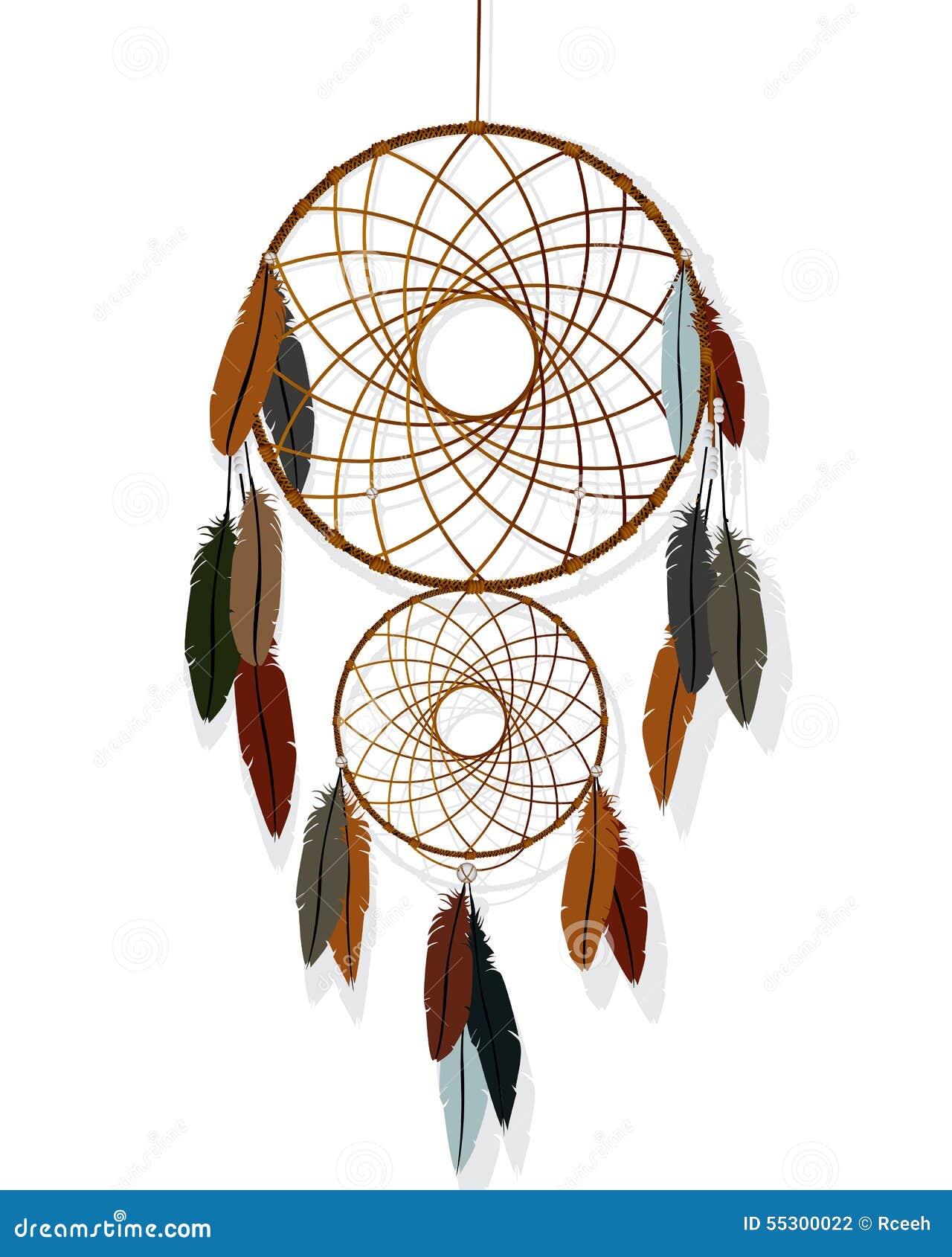Today the dreamcatcher is associated with Native American culture in general, but dream catchers are often believed to have originated from the Ojibwa Chippewa tribe in particular. The Lakota tribe also has its own legend about the origins of the dreamcatcher, but most ethnographers believe the dreamcatchers were passed down from the Ojibwe through intermarriage and trade. Ties in with the health of our aboriginal communities 2. Reflect on the process behind creating a culturally safe space to open dialogue with families around FASD 3. Be Introduced to the 'N FASD Dream Catcher Service Delivery Model'as it pertains to merging Western Medicine with First Nations Science. In many Native American tribes, a dream catcher is a handmade willow hoop woven to a web or literally, a net. They can include feathers and beads, and they're traditionally suspended on cradles as a form of armor and protection. Dream catchers can be traced back to the Ojibwes.

Native Indian Dream Catchers
In the course of becoming popular outside the Ojibwe Nation, various types of 'dreamcatchers', many of which bear little resemblance to the traditional styles, and that even incorporate materials that work against the intended purpose, are now made. Many Indigenous people have come to see these 'dreamcatchers' as offensive cultural appropriation. Traditionally The protective charm originates from 'Spider Woman' or Asibikaashi, who takes care of the children and the people of the land. As the Ojibwe Nation spread to the corners of Turtle Island it became difficult for Asibikaashi to reach all the children. So using willow hoops and sinew, she taught all the mothers, grandmothers, aunties and sisters to weave webs for the children.

Native Indian Dream Catchers
In the course of becoming popular outside the Ojibwe Nation, various types of 'dreamcatchers', many of which bear little resemblance to the traditional styles, and that even incorporate materials that work against the intended purpose, are now made. Many Indigenous people have come to see these 'dreamcatchers' as offensive cultural appropriation. Traditionally The protective charm originates from 'Spider Woman' or Asibikaashi, who takes care of the children and the people of the land. As the Ojibwe Nation spread to the corners of Turtle Island it became difficult for Asibikaashi to reach all the children. So using willow hoops and sinew, she taught all the mothers, grandmothers, aunties and sisters to weave webs for the children.
In the course of becoming popular outside the Ojibwe Nation, various types of 'dreamcatchers', many of which bear little resemblance to the traditional styles, and that even incorporate materials that work against the intended purpose, are now made. Many Indigenous people have come to see these 'dreamcatchers' as offensive cultural appropriation. Traditionally The protective charm originates from 'Spider Woman' or Asibikaashi, who takes care of the children and the people of the land. As the Ojibwe Nation spread to the corners of Turtle Island it became difficult for Asibikaashi to reach all the children. So using willow hoops and sinew, she taught all the mothers, grandmothers, aunties and sisters to weave webs for the children.
Dream catchers are one of the most fascinating traditions of Native Americans. The traditional dream catcher was intended to protect the sleeping individual from negative dreams, while letting positive dreams through. The positive dreams would slip through the hole in the center of the dream catcher, and glide down the feathers to the sleeping person below. The negative dreams would get caught up in the web, and expire when the first rays of the sun struck them.
The dream catcher has been a part of Native American culture for generations. One element of Native American dream catcher relates to the tradition of the hoop. Some Native Americans of North America held the hoop in the highest esteem, because it symbolized strength and unity. Many symbols started around the hoop, and one of these symbols is the dream catcher.
Dream Catcher Lore: Pokerstars short deck pictures.
Native Americans believe that the night air is filled with dreams both good and bad. The dream catcher when hung over or near your bed swinging freely in the air, catches the dreams as they flow by. The good dreams know how to pass through the dream catcher, slipping through the outer holes and slide down the soft feathers so gently that many times the sleeper does not know that he/she is dreaming. The bad dreams not knowing the way get tangled in the dream catcher and perish with the first light of the new day.
Dream Catcher Meaning
How the Dream Catcher is made:
Authentic Dream Catchers For Sale
Using a hoop of willow, and decorating it with findings, bits and pieces of everyday life, (feathers, arrow heads, beads, etc) the dream catcher is believed to have the power to catch all of a person's dreams, trapping the bad ones, and letting only the good dreams pass through the dream catcher.
